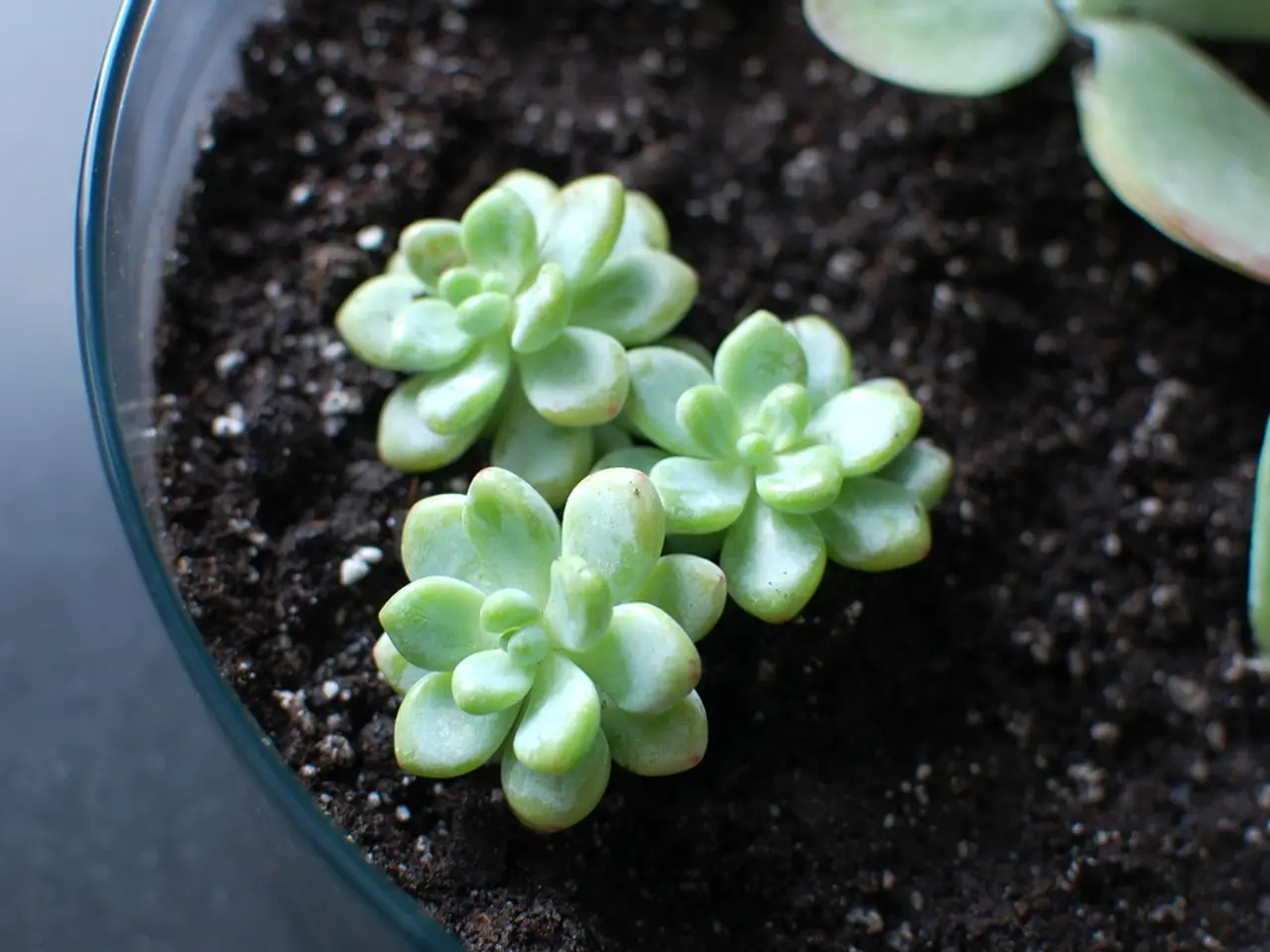Assessing Soil Quality Before Planting: A Steps-by-Step Guide for Novice Gardeners
Understanding the composition of your soil is essential for promoting healthy plant growth and sustainable soil management. Here's a guide to testing soil type, pH, texture, health, and nutrients.
Soil Sampling
To get an accurate representation of your soil, collect multiple samples from various locations within the testing area. Sample from the appropriate depth, usually 0 to 6-12 inches for most plants, but this can vary depending on the crop or purpose. Use clean tools to avoid contamination and avoid unusual spots near roads or buildings unless specifically investigating those areas.
Soil Type and Texture Testing (Physical)
Texture is commonly determined by the proportion of sand, silt, and clay particles. Simple field methods include the "feel test," where soil is rubbed between fingers to estimate texture. More precise texture analysis involves sedimentation or hydrometer methods done in professional labs. Soil structure and water-holding capacity can also be physically tested to understand drainage and aeration.
Soil pH Testing (Chemical)
Soil pH can be tested in the lab using the soil-water paste method or quicker field methods like pH meters or test strips. In labs, the saturated media extract or 1:2 soil-water dilution methods are common, providing accurate pH measurement. Monitoring pH is essential because it affects nutrient availability and microbial activity.
Nutrient Testing (Chemical)
Laboratories analyse soil samples for macronutrients like nitrogen (N), phosphorus (P), potassium (K), calcium (Ca), magnesium (Mg), sulfur (S), and micronutrients. Testing methods include chemical extraction of nutrients from soil and measurement via spectrometry or colorimetry. Advanced labs may measure cation exchange capacity (CEC) and base saturation ratios, as seen in the Albrecht Method, which helps assess nutrient holding and balance capacity.
Soil Health Testing (Biological and Chemical)
Biological tests evaluate microbial activity, organic matter content, and soil respiration. Some labs test for microbial diversity and activity indicators to understand soil vitality. Chemical aspects include organic matter content and contaminant analysis. Soil health tests provide insight into the biological environment supporting plant growth, beyond just nutrients and pH.
Professional Soil Testing Methods Overview
- The 1:2 Dilution Method: Mix soil with water (1:2 ratio) for quick pH and soluble salts test (good for basic assessments).
- Pour Through Analysis: Collect water draining naturally through soil to monitor pH and nutrient levels over time (used in containers/raised beds).
- Saturated Media Extract: Lab-prepared soil-water paste analyzed for comprehensive nutrient and contamination profile (most detailed).
How to Proceed
- Collect multiple samples across the site.
- Send samples to an accredited soil testing laboratory that offers:
- Nutrient profiles (NPK and micronutrients).
- pH and salinity.
- Texture and organic matter analysis.
- Biological activity assessments if available.
- Interpret results with expert consultation to guide amendments (lime, fertilizers, organic matter) and soil management.
- For ongoing monitoring, use simpler tests like pH meters or pour through analysis regularly.
This approach provides a thorough understanding of soil type, pH, texture, health, and nutrient status essential for optimized plant growth and sustainable soil management.
To ensure proper home-and-garden maintenance and promote a healthy lifestyle, it's important to get a comprehensive understanding of your soil health by testing it regularly. This includes evaluating pH, nutrients, soil type, and texture, as well as monitoring the biological activity and organic matter content in the soil.
Gardening becomes more effective when you adjust your care methods based on the soil's unique characteristics. For instance, adjusting pH levels and adding suitable nutrients can significantly improve plant growth and contribute to sustainable soil management.




